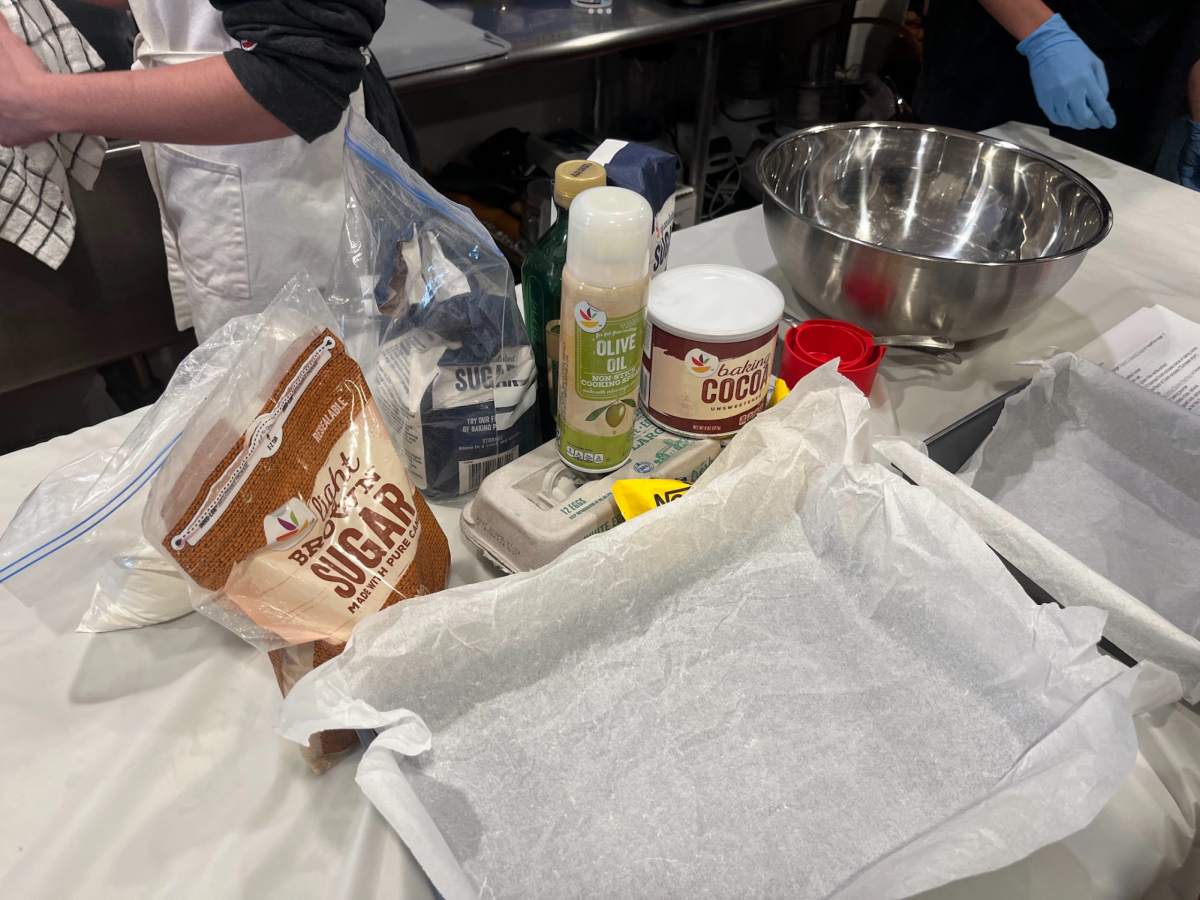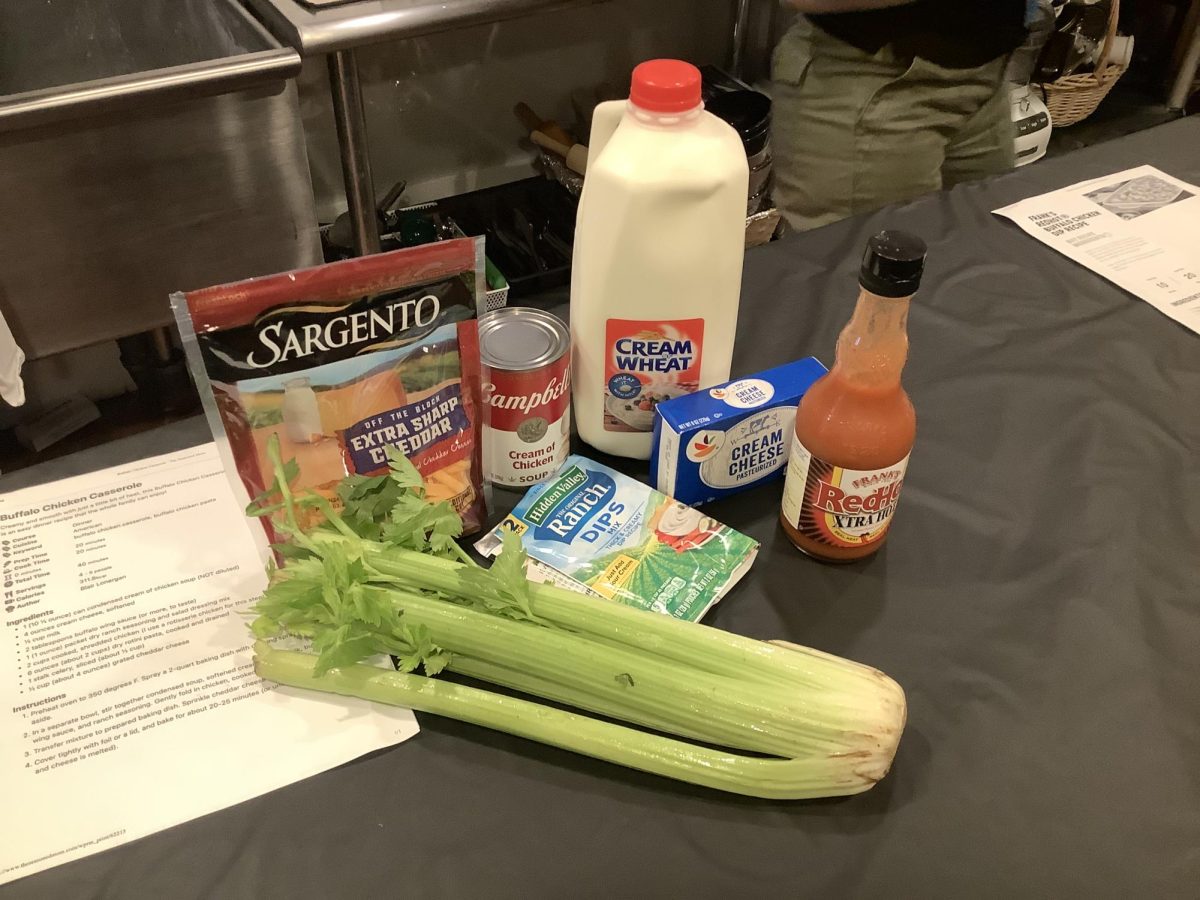
In Australia, there has been a surge in cases of a flesh-eating bacteria named Mycobacterium ulcerans that form ulcers (also known as Buruli ulcers) in one’s skin. This bacteria is in the same family as Mycobacterium tuberculosis (Tuberculosis) and Mycobacterium leprae (Leprosy). If left untreated, the deformity can lead to the need for an amputation. This bacteria originates in the tropical locations of West and Central Africa, which makes scientists wonder why it is popping up all the way in Australia. In Australia, this bacteria is thought to have been around since 1948. In 2016, there were 182 recorded cases of Mycobacterium ulcerans in Victoria, Australia’s most densely populated state and its second-most populous state overall.
It can affect almost anyone, including animals and children, unlike the strain in Africa that usually mostly affects middle-aged people. It’s also unknown in how this bacteria spreads from person to person, which makes contagion efforts much more difficult. One theory is that it spreads via mosquito bites. It also affects people more during warmer months, when more skin is susceptible to the bacteria.
Mycobacterium tend to typically live in water (even if it’s water treated with chlorine) and food sources. Some, including Tuberculosis, Leprosy, and Mycobacterium ulcerans are known as obligate parasites, meaning that they require a host in order to finish its life cycle and reproduce.






